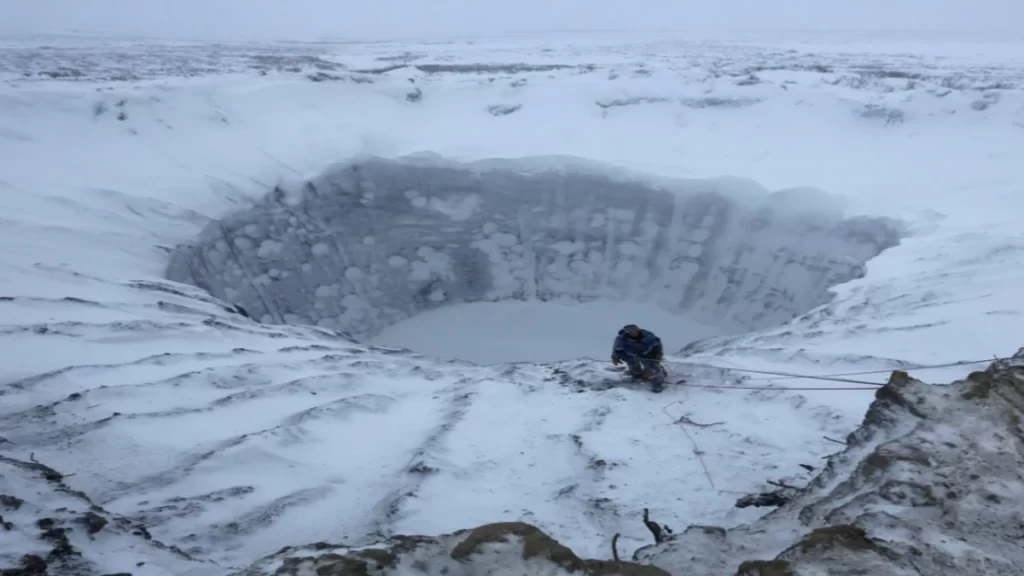The increasing temperatures in the Arctic are causing the permafrost to melt, which could release ancient viruses that have been dormant for thousands of years, posing a threat to animals and humans.
Permafrost, which makes up a significant portion of the Northern Hemisphere, has been a vital part of the Arctic landscape for thousands of years. It acts as a storage system, preserving not only old viruses but also the well-preserved bodies of extinct creatures.

Permafrost is an effective storage medium because it is cold, lacks oxygen, and is not penetrated by light. However, the Arctic is experiencing rapid warming, which is causing the top layer of permafrost to weaken.
Jean-Michel Claverie, an emeritus professor, has been studying frozen viruses in earth samples from Siberian permafrost. He is specifically looking for “zombie viruses” and has discovered some that are still infectious.

In a recent study, Claverie and his team discovered multiple strains of ancient viruses in permafrost samples from various locations in Siberia. They demonstrated that these viruses were able to infect cultured amoeba cells.
The fact that viruses that infect amoebas remain infectious for a long time suggests there may be a larger issue. Scientists have discovered traces of viruses and bacteria that can infect humans in preserved permafrost.

An anthrax outbreak occurred in Siberia in 2016, affecting both humans and reindeer. This outbreak was attributed to the thawing of permafrost, which released old anthrax spores from burial sites and animal remains.
In reality, scientists do not know how long these viruses can remain infectious in current conditions or how likely they are to infect a suitable host. Not all viruses cause diseases, and some are actually helpful to their hosts. Additionally, the Arctic, despite having a population of 3.6 million people, is not densely populated, reducing the risk of human exposure to ancient viruses.

According to Claverie, the risk of infectious diseases being released from permafrost will increase due to global warming and increased human activity in the Arctic. And Claverie isn’t alone in warning that the region could become a fertile ground for a spillover event — when a virus jumps into a new host and starts to spread.
The smart move would be to stop the thaw and the overall climate crisis, and ensure that these dangers stay locked away in the permafrost forever.
Reference- Journal Nature Climate Change, CNN Report, Frontiers, Journal Viruses, NASA Jet Propulsion Laboratory






